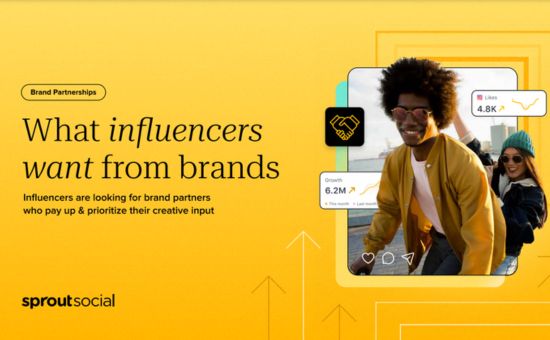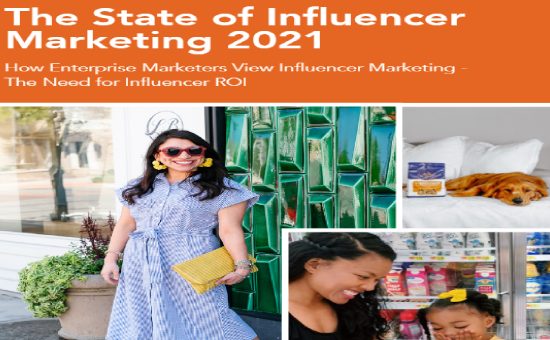How publishers are learning to create and distribute news on TikTok | Reuters Institute
Digital Influencers
|
Warning: Undefined array key 0 in /home/dmc/public_html/wp-content/themes/DMC/single-report.php on line 21
Warning: Attempt to read property "name" on null in /home/dmc/public_html/wp-content/themes/DMC/single-report.php on line 21
1. Introduction
TikTok is one of the fastest-growing social networks globally, known for its addictive algorithm that delivers a continuous stream of short, entertaining videos. Initially, TikTok’s content was dominated by humorous, fast-paced, or musical memes. However, significant events like Black Lives Matter, the COVID-19 pandemic, and the war in Ukraine have shifted the platform’s content mix to include more news. Recent changes, such as longer videos and live stream promotions, have made TikTok more appealing to news publishers targeting younger audiences.
Despite these shifts, the Reuters Institute Digital News Report reveals that news on TikTok is predominantly created by social media influencers, activists, or ordinary users rather than journalists. Studies show that while younger audiences appreciate TikTok’s humor and engaging style, they often question the credibility of the information and are concerned about misinformation and disinformation.
Understanding news dynamics on TikTok is challenging due to the highly personalized experience and limited public data. This report focuses on content production by publishers and independent news creators on TikTok, tracking publisher activity across more than 40 countries and interviewing successful news organizations like the Washington Post, Sky News, and Le Monde about their strategies and insights.
As TikTok evolves, the platform may need to address publisher concerns about content quality, variety, and transparency in content removal. This report provides a snapshot of current publisher activity rather than a comprehensive overview, offering insights for news organizations, regulators, and researchers.
Key Findings
- About half (49%) of top news publishers from our 2022 Digital News Report across 44 markets regularly publish content on TikTok, with many joining in the last year.
- Adoption varies by country: 90% of Indonesian, 89% of Australian, 86% of Spanish and French, and 81% of UK publishers are active on TikTok, compared to slower adoption in Japan (31%), Italy (29%), Denmark (27%), and Bulgaria (7%).
- News organizations are drawn to TikTok by its rapidly growing audience and younger demographic, and a desire to counter misinformation with reliable news.
- Some publishers are cautious or avoid TikTok due to concerns about its Chinese ownership, implications for free speech, and potential “TikTok-ification” of news, which could trivialize important stories or undermine existing business models.
- Successful strategies vary; some publishers use young, platform-native creators, while others maintain their existing content style with minimal adjustments.
- The verification process on TikTok lacks clarity and consistency; many reputable publishers, especially outside the US and Western Europe, do not have verified status.
- Publishers are seeking more visibility, transparency, monetization opportunities, and better access to audience data on TikTok. They also want more consistent handling of news content removals.
The report begins with data on publisher adoption and motivations for joining TikTok, followed by tips from TikTok creators and metrics for success. It then explores user engagement strategies, and case studies from pioneers, and independent news creators. The report concludes with future monetization opportunities and ways TikTok could better support reliable news sources.
Explore in-depth insights on how publishers are adapting to TikTok’s platform for news distribution. Continue reading and download the full report to stay ahead in the digital news landscape!
- 1. Introduction and key findings
- 2. Methodology
- 3. How and why publishers are moving onto TikTok
- 4. TikTok’s ‘magic’ algorithm – how it works
- 5. What strategies are publishers pursuing on TikTok?
- 6. News creators and activists
- Conclusion
- About the Author
- Acknowledgments
Number of Pages:
- 38 pages
Pricing:
- Free
Methodology
To assess the involvement of mainstream media with TikTok, we identified the top news brands in 44 countries based on the Digital News Report, excluding India (where TikTok is banned) and Hong Kong (where it is unavailable). We examined brands with significant online reach from our 2022 survey to see if they were active on TikTok, checking for recent posts. We also included a few socially native news organizations with large TikTok followings, even if they didn’t fully meet our criteria. For top-performing accounts, we recorded follower counts, average views from the last 50 posts, and the date they joined TikTok.
The content on these TikTok accounts ranged from hard news to entertainment. We ensured that each account’s content was broadly news-related but may have missed some due to language issues, unusual brand names, or oversight.
To provide audience context, this report also uses TikTok consumption and demographic data from the 2021 and 2022 Digital News Reports, as well as qualitative interviews. Most of the insights come from original interviews with 20 news organizations and individuals, including major outlets like the Washington Post and Sky News, digital-born brands like Infobae, and socially native brands like Ac2ality. These interviews took place from September 29 to November 7, 2022. TikTok did not provide an interview but responded to specific queries with publicly available information.
Warning: Undefined array key "sidebar_ads" in /home/dmc/public_html/wp-content/themes/DMC/functions/helpers.php on line 824






